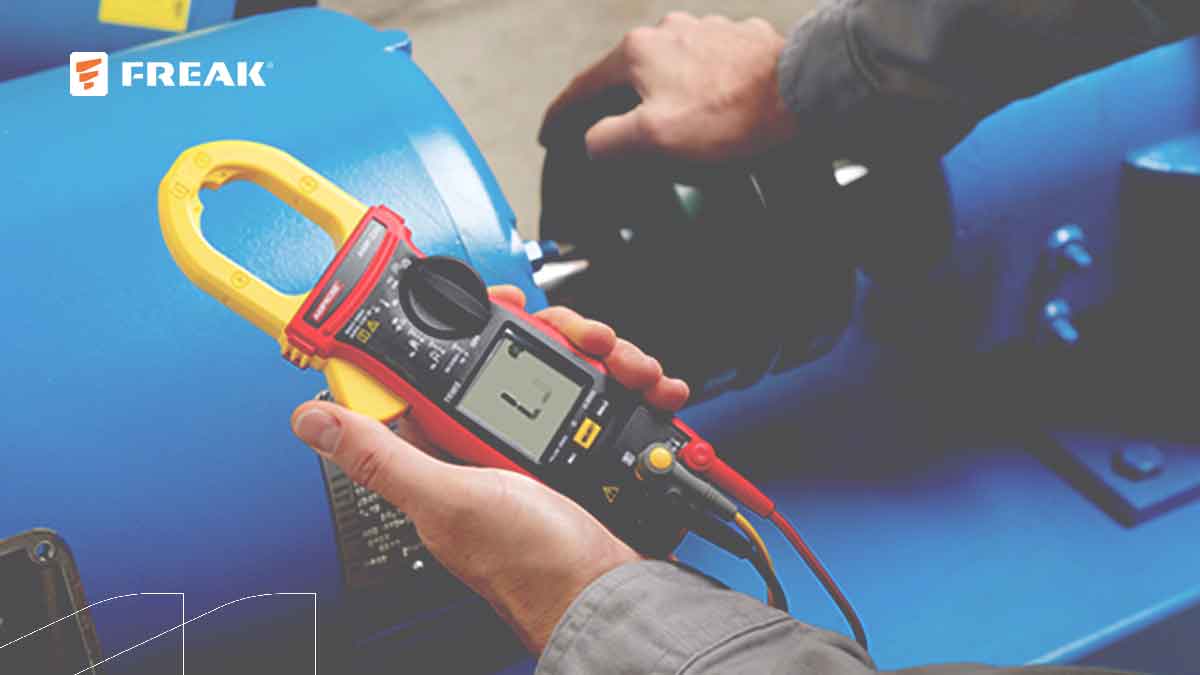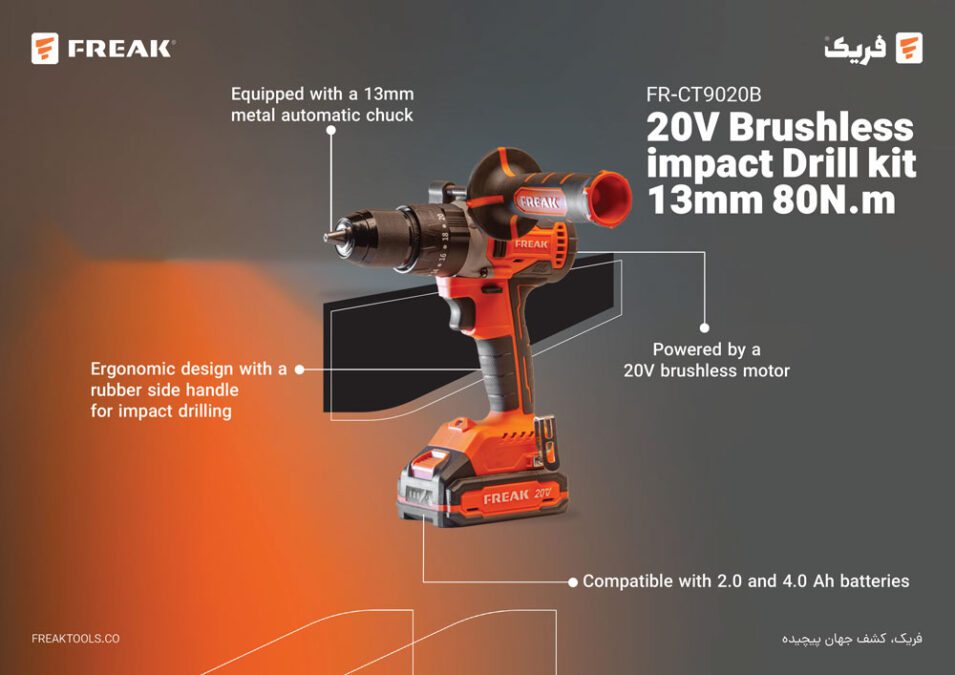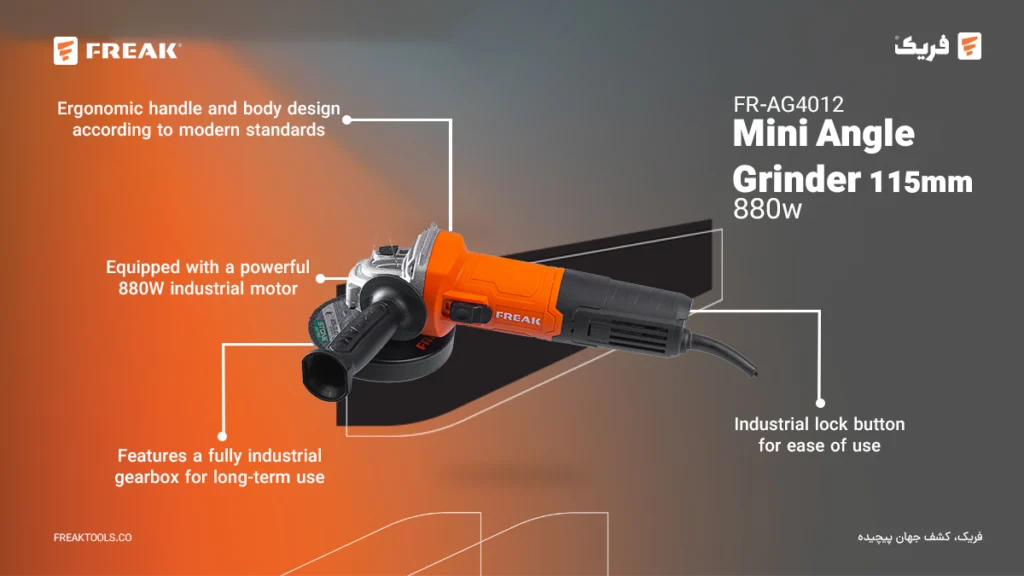Amperage Meter: Unveiling the Essence | Types, Applications, and Buying Guide! In the realm of electrical measurements, an amperage meter stands as a pivotal tool for understanding and monitoring current flow in a circuit. In this comprehensive guide, we delve into the intricacies of amperage meters, exploring their types, applications, and providing you with a detailed buying guide to make an informed decision.
Understanding Amperage Meters
Definition
An amperage meter, also known as an ammeter, is an instrument designed to measure the electric current in amperes flowing through a conductor. It provides crucial insights into the intensity of the current, aiding in the assessment of electrical system performance and ensuring safe operation.
Types of Amperage Meters
1. Analog Ammeters
Analog ammeters utilize a needle or pointer on a calibrated scale to indicate the current. These meters offer a visual representation of the current flow, allowing for easy observation and assessment.
2. Digital Ammeters
Digital ammeters, on the other hand, provide a numerical display of the current, offering precise readings. They often come with additional features such as data logging and digital interfaces for enhanced functionality.
3. Clamp Meters
Clamp meters are a specialized type that can measure current without physically touching the conductor. They feature jaws that can be clamped around the wire, making them particularly useful in situations where direct contact is impractical or unsafe.
Applications of Amperage Meters
1. Electrical System Maintenance
Amperage meters play a crucial role in routine maintenance of electrical systems. By regularly monitoring the current flow, potential issues such as overloading or irregularities can be identified and addressed before they escalate.
2. Troubleshooting Electrical Faults
In the event of electrical faults or malfunctions, amperage meters are indispensable tools for troubleshooting. They help pinpoint the location and nature of the problem, facilitating efficient repairs.
3. Energy Audits
For businesses and individuals looking to optimize energy consumption, amperage meters aid in conducting energy audits. By assessing current flow patterns, users can identify areas of inefficiency and implement measures for energy conservation.
Buying Guide for Amperage Meters
1. Type of Ammeter
Consider the type that best suits your needs—whether it’s the visual simplicity of analog meters, the precision of digital meters, or the non-contact convenience of clamp meters.
2. Accuracy and Resolution
Opt for meters with high accuracy and resolution for precise measurements, especially if you’re dealing with intricate electrical systems or small current values.
3. Safety Features
Prioritize safety features such as overload protection and durable construction. Look for meters with robust casings and user-friendly interfaces to ensure longevity and ease of use.
4. Additional Features
Explore meters with extra functionalities like data logging, auto-ranging, and connectivity options for a more versatile and convenient user experience.
NEXT: Heatstroke in the Work Environment and Methods to Prevent It!
Conclusion
In conclusion, the amperage meter stands as an indispensable tool for anyone involved in electrical work. Understanding the types, applications, and key considerations for purchase equips individuals with the knowledge needed to navigate the complexities of electrical systems effectively.


